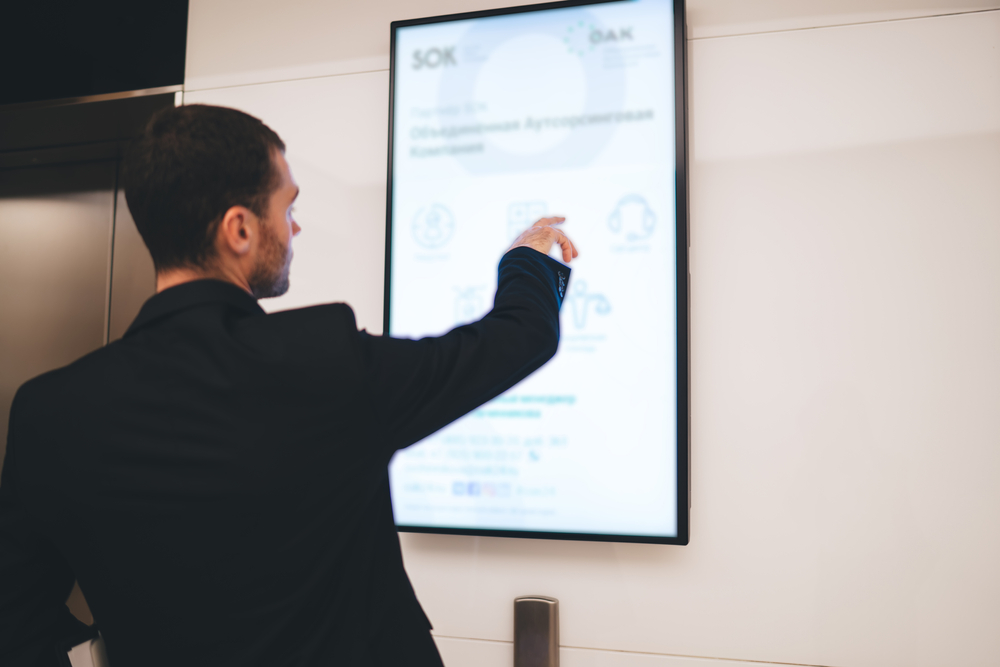Enhancing Your Lawful Technique With Expert Trial Presentations
In today's legal landscape, the importance of expert trial presentations can not be overstated. By transforming thick legal concepts into engaging narratives, practitioners can enhance juror comprehension and retention.
Importance of Trial Presentations
Test presentations work as a pivotal aspect in the lawful process, efficiently bridging the void in between complex legal arguments and juror understanding. The ability to boil down detailed legal concepts right into available narratives is vital for jurors, who must make informed choices based upon the evidence provided. A well-crafted presentation not only makes clear the case yet additionally enhances the persuasiveness of the disagreement, inevitably affecting the court's perception.
In a period where interest spans are limited, the value of involving visuals and clear interaction can not be overemphasized. Test presentations serve to catch jurors' interest and preserve their focus, enabling a deeper understanding of the realities and lawful problems handy. Furthermore, they give an organized structure that organizes the situation, assisting in sensible flow and coherence.

Secret Elements of Effective Presentations
An effective presentation in a court setting hinges on a number of crucial elements that jointly improve its effect. Lawyers need to boil down complicated lawful disagreements right into concise, quickly digestible points to guarantee jurors understand the core problems.
Visual aids play a vital function also, as they can substantially strengthen essential messages. Efficient use of exhibits, graphes, and layouts can make clear complex details and highlight important facts. Additionally, the speaker's shipment style is important; confident, interesting interaction promotes trustworthiness and maintains jurors' attention.
Last but not least, comprehending the audience is paramount. Customizing the presentation to the jurors' backgrounds and worths can promote a connection that boosts receptiveness to the argument. In recap, clearness, narrative structure, aesthetic aids, delivery design, and audience recognition are important to crafting an effective court room presentation that reverberates with jurors and sustains the overarching legal method.
Innovation in Test Presentations
Modern courts increasingly incorporate technology to improve trial discussions, improving the fundamental elements of efficient interaction established via clear messaging and engaging stories. The incorporation of audio-visual help, such as high-def projectors and interactive screens, permits legal teams to present evidence in an extra compelling way. This modern technology not only records the jury's interest yet additionally facilitates a much better understanding of complicated info.

Digital tools, consisting of discussion software and electronic exhibition monitoring systems, streamline the organization and access of proof (trial presentations). Lawyers can quickly reference files, pictures, and video clips, making certain that crucial info is easily obtainable throughout the trial. Additionally, using animations and simulations can clearly show crucial concepts, making them simpler for jurors to comprehend
In addition, court room technology promotes collaboration among attorneys, enabling real-time adjustments to presentations based on jury responses or unanticipated growths. The capacity to adjust on the fly is important in preserving interaction and strengthening disagreements. As technology continues to progress, its duty in test presentations will definitely broaden, using ingenious ways to communicate effectively and persuasively in the search of justice.
Narration Methods for Impact
Effective narration methods are important in delivering impactful test discussions, as they transform complex lawful disagreements into relatable stories. A well-crafted story captivates the target market, making it much easier for jurors to comprehend and remember bottom lines.
To create an engaging narrative, lawyers must focus on developing a clear structure with a start, middle, and end. The beginning must introduce the instance context and its relevance, while the middle elaborates on the core concerns, weaving in evidence and witness testaments that support the debate. Conclusively, the finishing get more must reinforce the designated message, driving home the desired end result.
In addition, incorporating psychological components can considerably boost the story's impact. By humanizing the situation, lawyers can evoke empathy, enabling jurors to attach personally with the facts provided. Making use of vivid imagery and narratives can likewise assist in highlighting complex styles, making them more concrete and unforgettable.

Tips for Application in Court
Implementing storytelling strategies in court requires cautious preparation and execution to make sure that the story resonates with jurors. Begin by determining the core message of your instance and aligning it with the psychological and valid read review elements that will involve the court. Create a clear and compelling narrative arc that This Site consists of an intro, a development of dispute, and a resolution.
Make use of aesthetic aids to improve narration; displays, timelines, and multimedia presentations can help show intricate principles and maintain juror rate of interest. Exercise your distribution, ensuring that body language, tone, and pacing are constant with the psychological weight of your tale.

Conclusion
In verdict, professional trial presentations play a crucial function in boosting lawful approaches by effectively communicating complex disagreements to jurors. The combination of aesthetic aids, clear stories, and psychological storytelling promotes juror interaction and understanding.
Comments on “The Role of Trial Presentations in Creating Persuasive Closing Arguments”